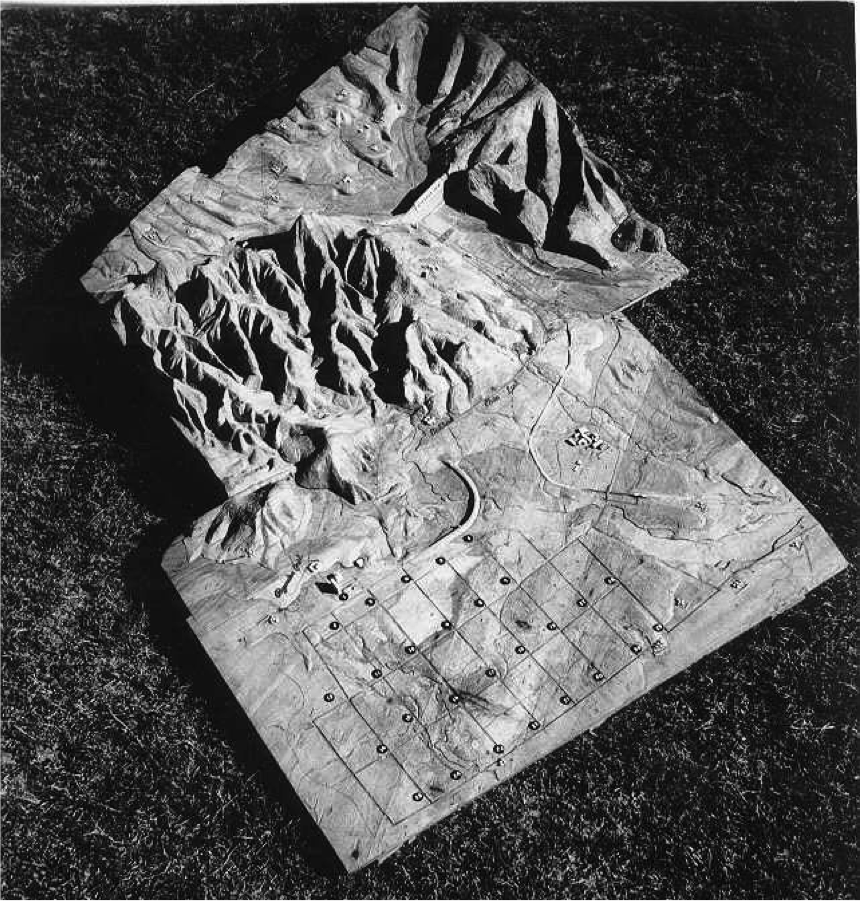Smart Cities (2): Forget the Indian Architect – January, 2018
Was revising the two definitions of Typological Instituteds, and at the same time, reading through the seminars of ’59 and ’65 with Indian architects reasoning about — as to why there must not be a ‘national style’ of Architecture but there must be an Architects’ Act.
I thought of typological instituteds in ’97 or ’98, around the time mobile phones and the Internet appeared in New Delhi and out of a commonsense: that it would not longer suffice to think of architecture in the context of the City, or the city as a work of Architecture.
The ‘effect of technology on architecture’, to borrow a phrase from the Seminar of ’59, did not concern me, but the working of the state certainly did – it appeared to increasing rely on techno-scientific transformations – and there remained the question of architects and their ambivalence, how they operated with an aleatory ease the question of an architect-function (so successfully induced into the state by the Architect’s Act) and the collective assemblage of enunciation deployed with some success since ’47, to circumvent that very function.
~ * ~
Started reading Civil Engineer and Architect’s Journal, Scientific and Railway Gazette published between 1837 and 1867. I have attached a sample, have a look.
“It is fabulous”, I hear myself saying, this journal.
It starts with an index, not a table of contents (already an invitation to dismantle the whatever the writers and editors have put together), and goes on, … Communications across the Isthmus of Suez, the Medals Awarded by Royal Academy, Thomson’s Tilting Apparatus for Railway Wagons, The Temple of Minerva, Philosophy of Sand Formations … it is continuous, it does not make a thing out of academic boundaries, and I think it well represents the space created in the 19th century as A City-Machine is mobilized, the great variables at the heart of production blur in-and-out of play.
So I start reading it again as if it were a cartography, a map that arrives in advance, and as Borges has it a map whose size will be eventually the size of the Empire. We still find tattered ruins of that map, it is true, indeed sheltering the occasional beggar or animal around the railway station, the Sadar Bazaar, the cantonment, the weather station, the riverbed.
~ * ~
Machines arrayed in an illusion of homogeneity, computed space – “so we now use the country itself, as its own map, and I assure you it does nearly as well” …
Heritage Cities, Smart Cities, Resilient Cities: an assemblage constitutes itself (“without ‘weight’, without its own ‘mass’, without energy”) by the governments’ pronouncements, and I notice the form of expression, how it induces transversal potentials (Marx already points us in this direction in Future Results…) and distance (think of corporeal city with its mass, energy and memory we have known since the 17th century). I understand how this distance refurbishes the great variables for technicians of space, for all those architects playing at little soldiers, even.
~ * ~
For this reason I no longer comprehend what Indian architects say: architecture has a social mission, they tell us with certitude, “architecture precedes philosophy” and I only see (repressive, molar) machines at the moment of its inception; the name of James Fergusson (who “catalogues buildings like butterflies”) appears again with ease and I see monuments, museums even, that will erected in the name of Architecture the Father.
I hear a shout in the collective assemblage of enunciation, … “give us the money, give us our spectacle, give us our accursed share”, of course, else how will we ever build a “theoretical matrix” for it?
~ * ~
And I see how easy it is, in the economies of it all, to forget the ‘Indian’ Architect.

… … …
… … …
… … …
… … …
Notes from the Moleskine
Footnotes
- Typological Instituteds in Dynamics of Meaning in Arhitectural Form and On Typology/Mapping Heterologies.
- The Civil Engineer and Architect’s Journal, Scientific and Railway Gazette. London: Groombridge & Sons, J. Weale. XIII (1850).
- Seminar on Architecture, Edited by Achyut P. Kanvinde. New Delhi: Lalit Kala Akademi, 1959.
- Seminar on the Architect and the Community, New Delhi: India International Center, 1965.
- “ … that escape the domain of the architect”, Foucault lists three, the logic of speed, the logic of communication, the logic of territory in Foucault, M, 1982, “Space, knowledge and power” (interview with P Rabinow) Skyline March, pp 16–20.
Purportedly from Suárez Miranda, Travels of Prudent Men, Book Four, Ch. XLV, Lérida, 1658 in J. L. Borges, A Universal History of Infamy (translated by Norman Thomas de Giovanni), Penguin Books, London, 1975.
“ … In that Empire, the Art of Cartography attained such Perfection that the map of a single Province occupied the entirety of a City, and the map of the Empire, the entirety of a Province … ”- Lewis Carroll, Sylvie and Bruno Concluded, Chapter XI, London, 1895 (Also cited in Edney, Matthew H. (2009). Mapping an Empire: The Geographical Construction of British India, 1765-1843. University of Chicago Press. p. 353n39)
- Guattari, Félix. The Three Ecologies. Trans. Gary Genosko. London: Athlone Press, 2000.
- Marx, Karl ”The Future Results of British Rule in India″ in the New-York Daily Tribune, August 8, 1853; reprinted in New-York Semi-Weekly Tribune, No. 856, August 9, 1853.
Architects: Inside the Government’s techno-scientific transformations, architects can still deal with urban sprawl and housing (the domain of macro-machinic ecologies); inside technical production, they deal with environmental sustainability and heritage-conservation (‘childhood memories’ or the domain of common sense, that is, the domain of recognition, recollection or fixation of permanent identities between the ‘I’ and the world).
Little Soldiers: ’In the domain of social ecology there will be times of struggle in which everyone will feel impelled to decide on common objectives and to act “like little soldiers,” by which I mean like good activists. But there will simultaneously be periods in which individual and collective subjectivities will “pull out” without a thought for collective aims, and in which creative expression as such will take precedence.’
Guattari, op cit.- Statements randomly extracted from news-media interviews by Architect MN Ashish Ganju at New Delhi, December, 2016.
- Bataille’s theory of consumption, the accursed share is that excessive and non-recuperable part of any economy which must either be spent luxuriously and knowingly without gain in the arts, in non-procreative sexuality, in spectacles and sumptuous monuments, or it is obliviously destined to an outrageous and catastrophic outpouring, in the contemporary age most often in war, or in former ages as destructive and ruinous acts of giving or sacrifice, but always in a manner that threatens the prevailing system.
- Or, The condensation of physical and social relationships together as a plan.

